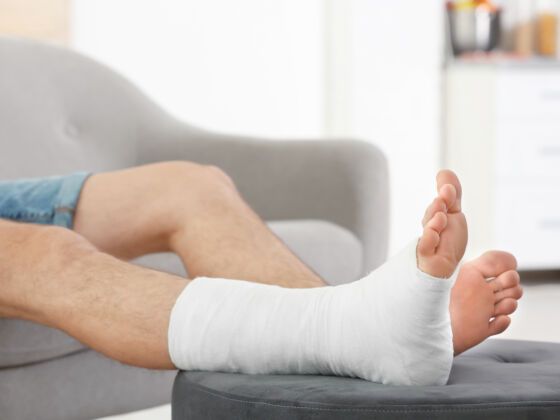AS A COMPETITIVE PERSON, minor setbacks have always made me feel as if my world was crumbling. This had always been the case with my academics (getting a B- on that International Trade Law paper will forever haunt me) or my professional life.
My at-any-cost attitude when it came to athletics, however, resulted in much more than ego damage. With it came a sports-related eating disorders in high school, wherein I subsisted on crackers and vegetables because I thought that the extra calories would slow me down on the lacrosse field.
